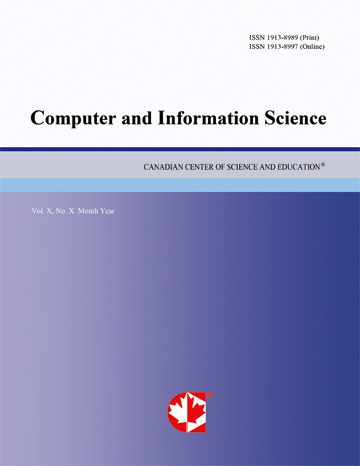Application of the Remote Sensing Technology in the Line Arrangement of Shallow Artificial Seismic Exploration
- Weidong Sun
- Wei Zhang
Abstract
The remote sensing image can not only show the panorama information of the fault distribution, but also offer the information about the geology, physiognomy and digital elevation with high precision. In this paper we took the Hangzhou area as the example and systematically introduced the application of the remote sensing technology in the optimal design of the shallow artificial seismic line, and it was very important to optimize the seismic line distribution of the shallow artificial seismic exploitation, perfect the quality of the seismic materials, enhance the work efficiency and reduce the exploitation costs.
- Full Text:
 PDF
PDF
- DOI:10.5539/cis.v2n2p16
Journal Metrics
WJCI (2022): 0.636
Impact Factor 2022 (by WJCI): 0.419
h-index (January 2024): 43
i10-index (January 2024): 193
h5-index (January 2024): N/A
h5-median(January 2024): N/A
( The data was calculated based on Google Scholar Citations. Click Here to Learn More. )
Index
- BASE (Bielefeld Academic Search Engine)
- CNKI Scholar
- CrossRef
- DBLP (2008-2019)
- EuroPub Database
- Excellence in Research for Australia (ERA)
- Genamics JournalSeek
- GETIT@YALE (Yale University Library)
- Google Scholar
- Harvard Library
- Infotrieve
- Mendeley
- Open policy finder
- ResearchGate
- Scilit
- The Keepers Registry
- UCR Library
- WJCI Report
- WorldCat
Contact
- Chris LeeEditorial Assistant
- cis@ccsenet.org
